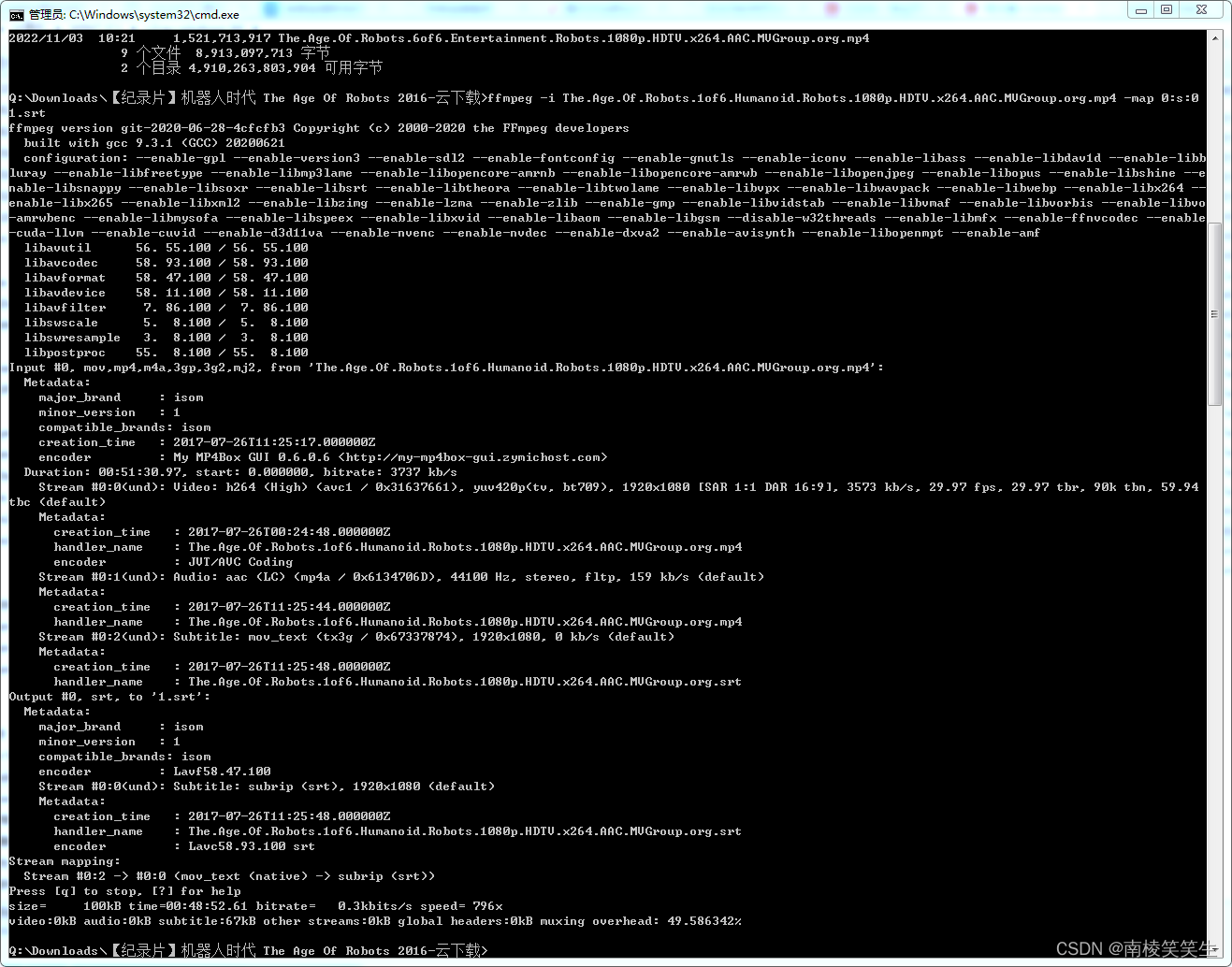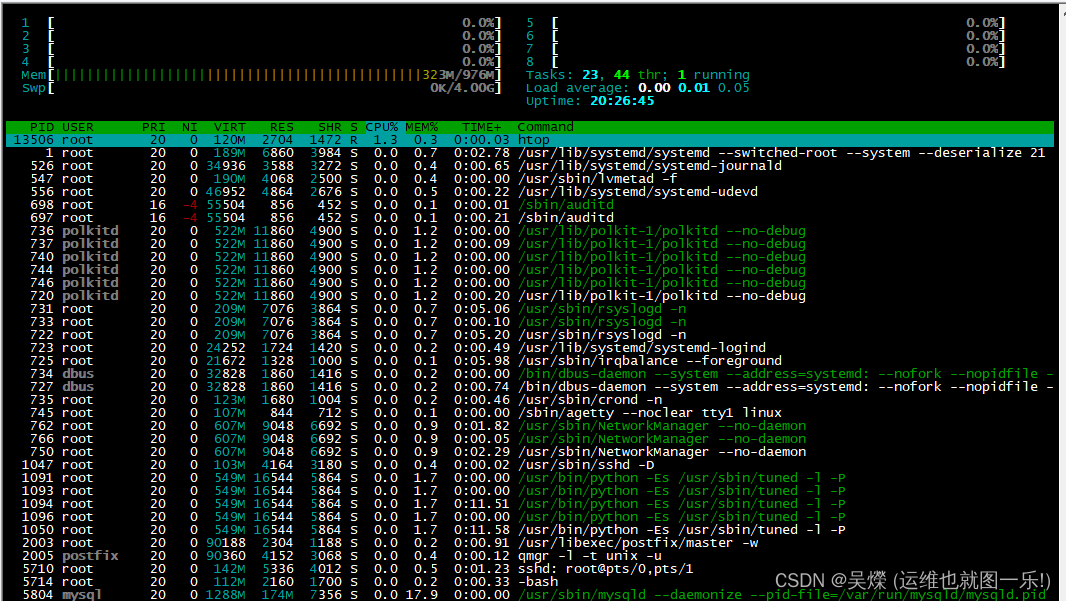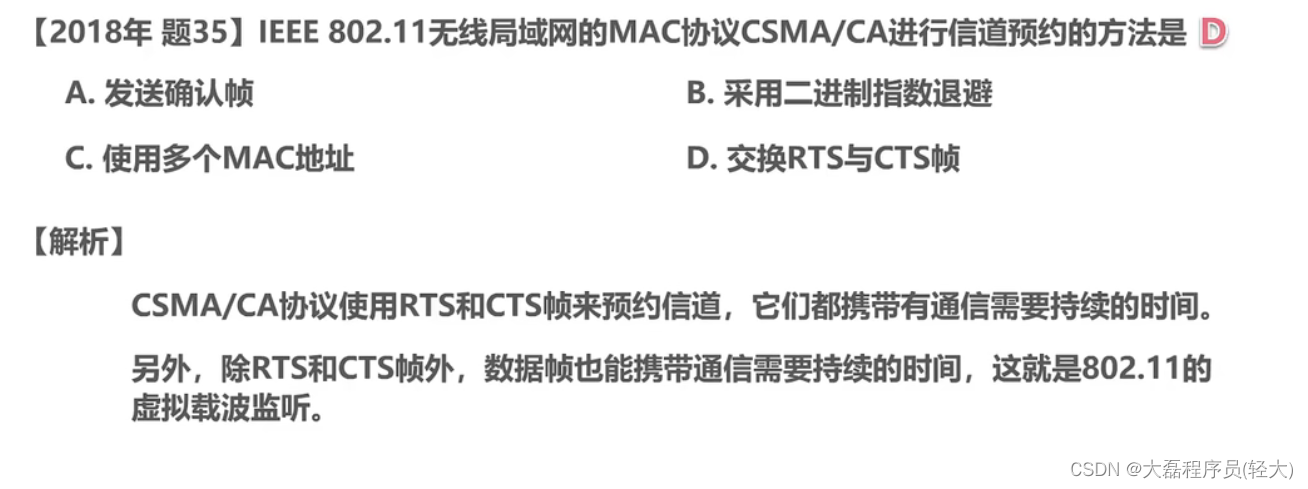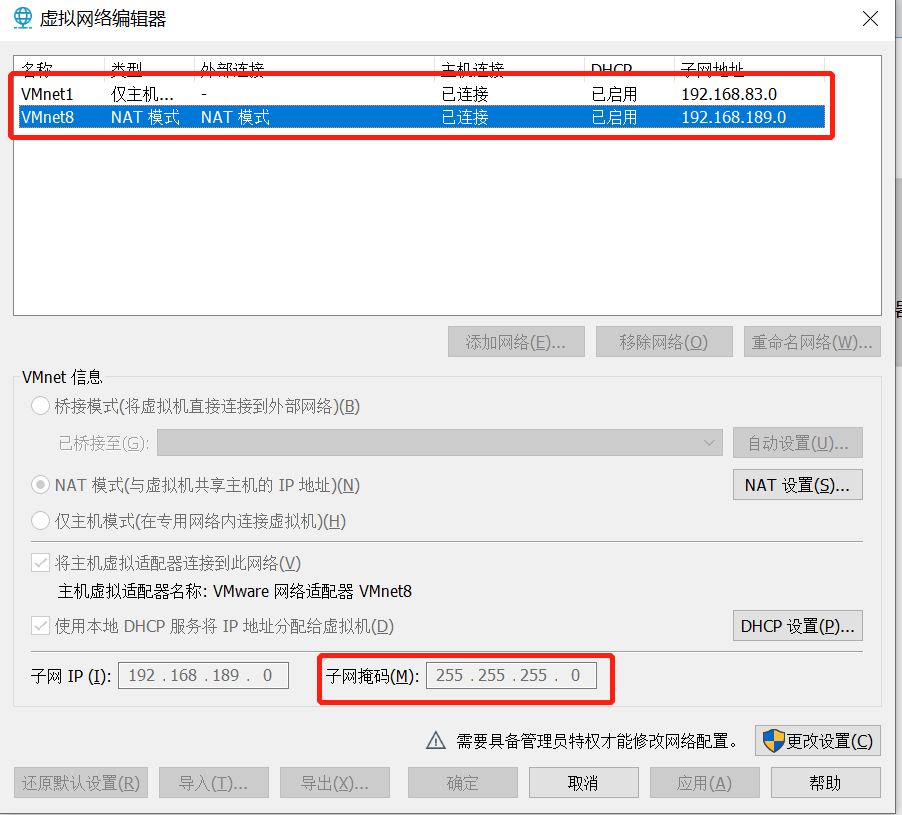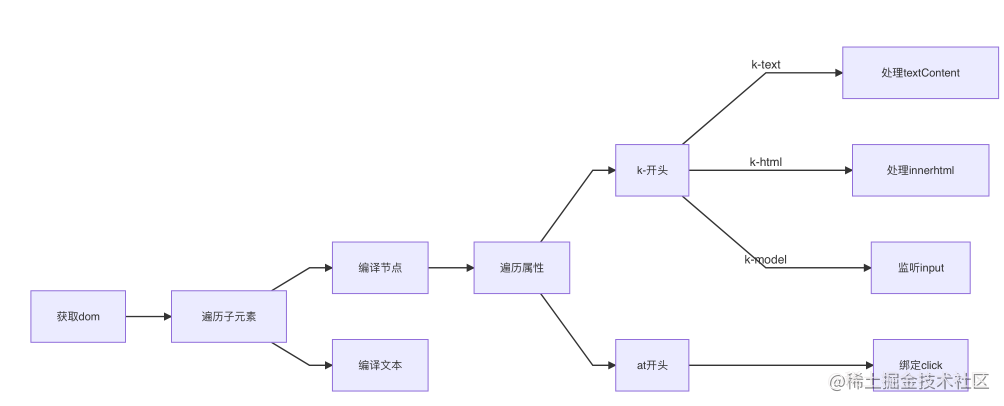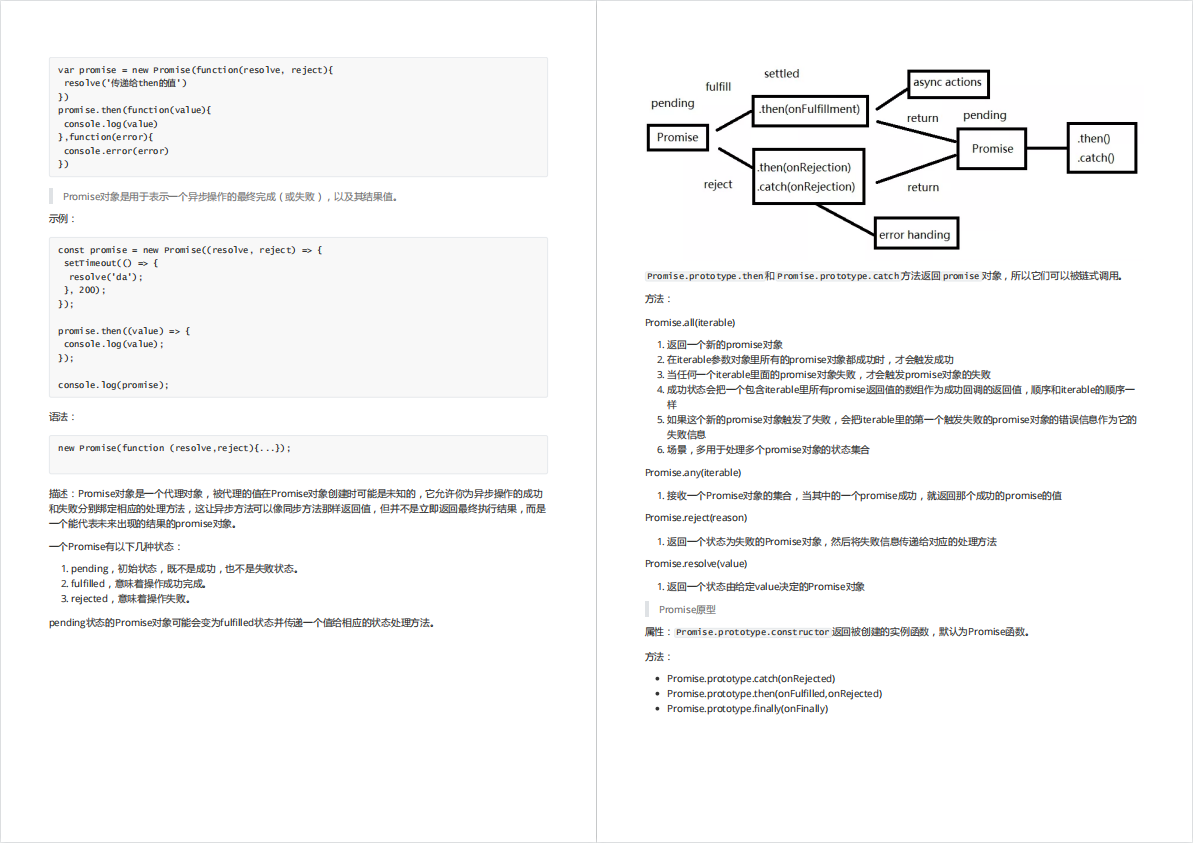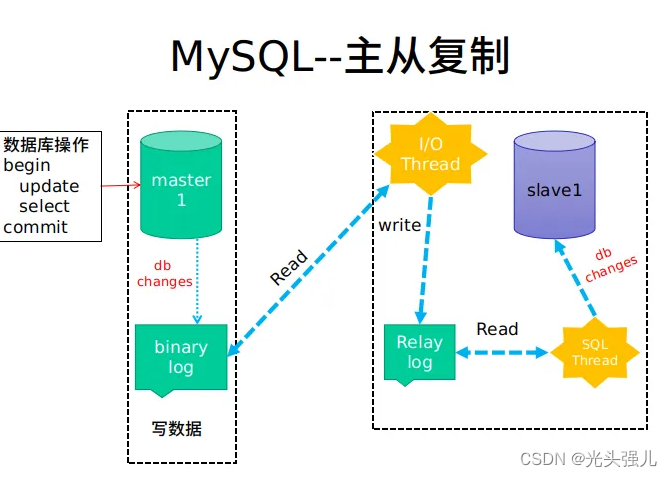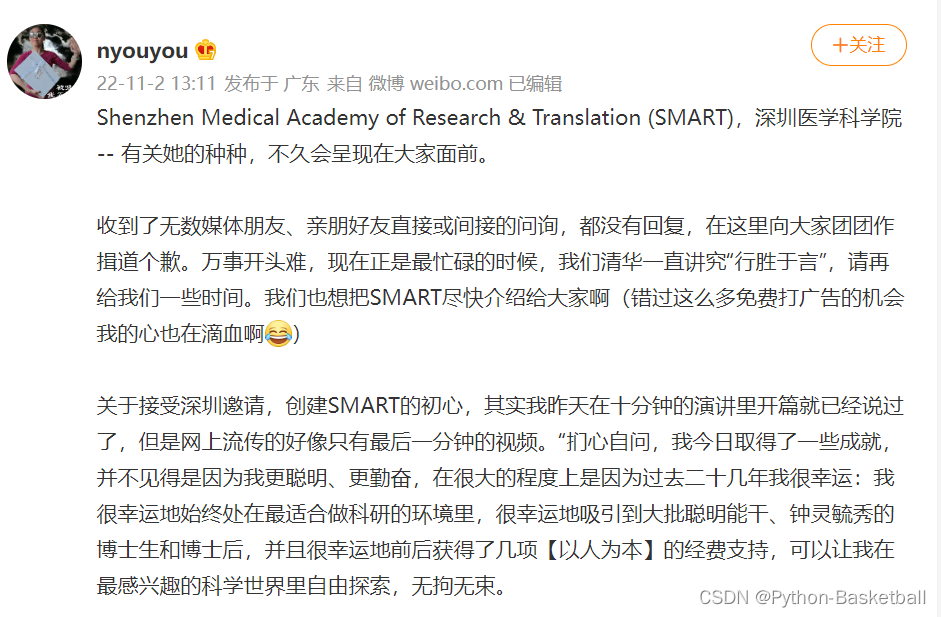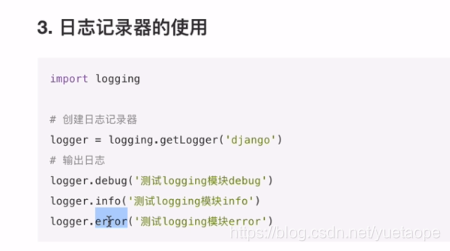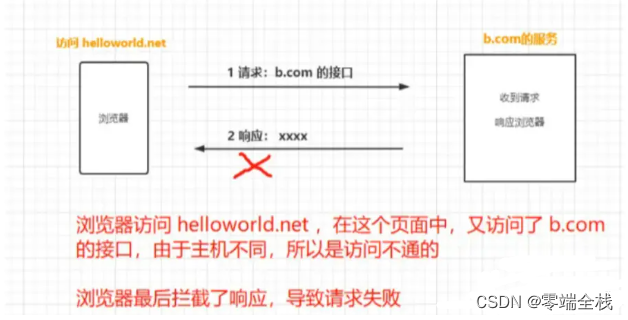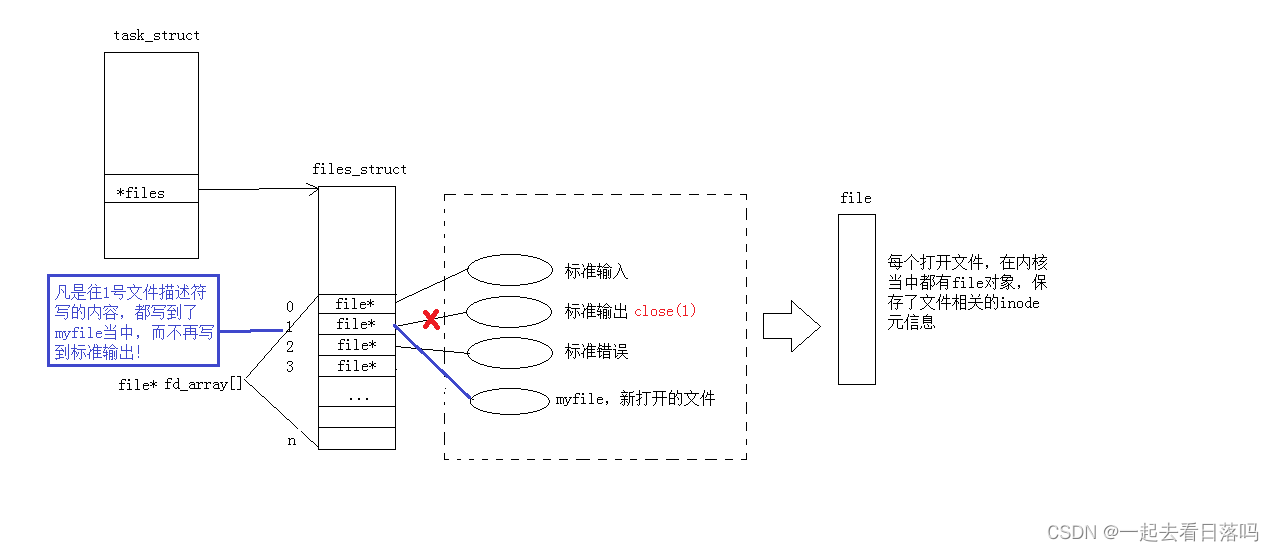稀疏数组
1、基本介绍
当一个数组中大部分元素为0,或者为同一个值的数组时,可以用稀疏数组来保存该数组。
2、处理方式
- 记录数组一共有几行几列,有多少个不同的值
- 把具有不同值的元素的行列及值记录在一个小规模数组中,从而缩小程序的规模

3、思路分析
3.1 二维数组转稀疏数组的思路
- 遍历原始二维数组,得到有效数据的个数sum
- 根据sum创建稀疏数组 int sparseArray[][] = new int[sum + 1][3];(稀疏数组固定是3列)
- 将二维数组中的有效数据存放到稀疏数组中
3.2 稀疏数组转原始二维数组思路
- 读取稀疏数组第一行数据,根据第一行数据创建原始数组,如:int chessArr[][] = new int[11][11];
- 再读取稀疏数组后几行的数据,赋值给原始二维数组即可
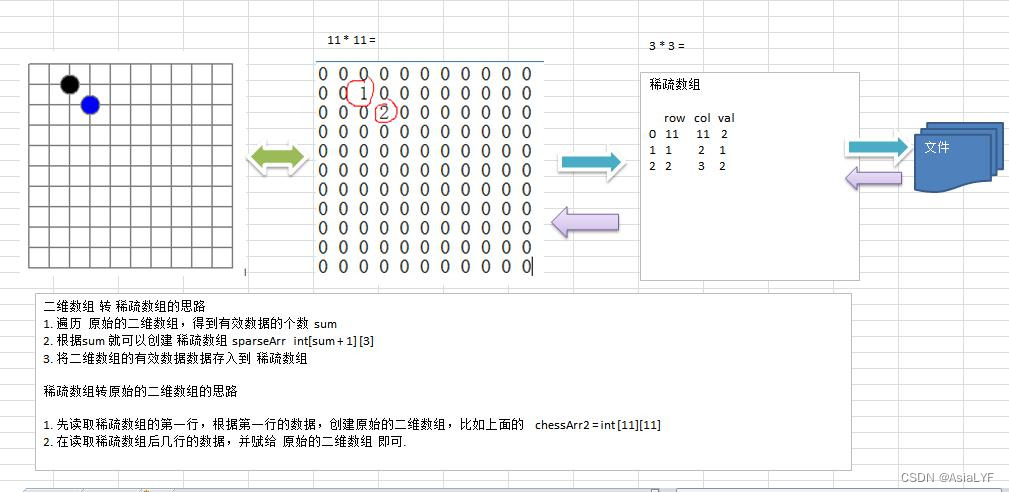
4、代码实现
public class SparseArray {
public static void main(String[] args) {
//创建一个原始的二维数组 11*11
//0 表示没有棋子 1 表示黑子 2表示蓝子
int chessArr[][] = new int[11][11];
chessArr[1][2] = 1;
chessArr[2][3] = 2;
System.out.println("====原始的二维数组====");
printArray(chessArr);
//将二维数组 转 稀疏数组
//1、先遍历二维数组,得到非零数据的个数
int sum = 0;
for (int i = 0; i < chessArr.length; i++) {
for (int j = 0; j < chessArr.length; j++) {
if (chessArr[i][j] != 0) {
sum++;
}
}
}
System.out.println("sum = " + sum);
//2、创建对应的稀疏数组 (3列是固定的)
int sparseArray[][] = new int[sum + 1][3];
//给稀疏数组赋值
sparseArray[0][0] = 11;
sparseArray[0][1] = 11;
sparseArray[0][2] = sum;
//3、遍历数组,将非0的值放在sparseArray中
int count = 0;//用于记录是第几个非0数据
for (int i = 0; i < chessArr.length; i++) {
for (int j = 0; j < chessArr.length; j++) {
if (chessArr[i][j] != 0) {
count++;
sparseArray[count][0] = i;
sparseArray[count][1] = j;
sparseArray[count][2] = chessArr[i][j];
}
}
}
System.out.println("====得到的稀疏数组====");
for (int i = 0; i < sparseArray.length; i++) {
System.out.printf("%d\t%d\t%d\t\n", sparseArray[i][0],sparseArray[i][1],sparseArray[i][2]);
}
System.out.println();
//将稀疏数组 转 原始二维数组
// 1.先读取稀疏数组的第一行,根据第一行的数据,创建原始的二维数组
int[][] chessArr2 = new int[sparseArray[0][0]][sparseArray[0][1]];
// 2.读取稀疏数组的后几行数据(从第二行开始),并复制给原始的二维数组即可
for (int i = 1; i < sparseArray.length; i++) {
chessArr2[sparseArray[i][0]][sparseArray[i][1]] = sparseArray[i][2];
}
// 3.输出恢复后的二维数组
System.out.println("====恢复后的二维数组====");
printArray(chessArr2);
}
public static void printArray(int[][] array) {
for (int[] row : array) {
for (int data : row) {
System.out.printf("%d\t",data);
}
System.out.println();
}
}
}
输出结果如下:
原始的二维数组
0 0 0 0 0 0 0 0 0 0 0
0 0 1 0 0 0 0 0 0 0 0
0 0 0 2 0 0 0 0 0 0 0
0 0 0 0 0 0 0 0 0 0 0
0 0 0 0 0 0 0 0 0 0 0
0 0 0 0 0 0 0 0 0 0 0
0 0 0 0 0 0 0 0 0 0 0
0 0 0 0 0 0 0 0 0 0 0
0 0 0 0 0 0 0 0 0 0 0
0 0 0 0 0 0 0 0 0 0 0
0 0 0 0 0 0 0 0 0 0 0
sum = 2
得到的稀疏数组
11 11 2
1 2 1
2 3 2
恢复后的二维数组
0 0 0 0 0 0 0 0 0 0 0
0 0 1 0 0 0 0 0 0 0 0
0 0 0 2 0 0 0 0 0 0 0
0 0 0 0 0 0 0 0 0 0 0
0 0 0 0 0 0 0 0 0 0 0
0 0 0 0 0 0 0 0 0 0 0
0 0 0 0 0 0 0 0 0 0 0
0 0 0 0 0 0 0 0 0 0 0
0 0 0 0 0 0 0 0 0 0 0
0 0 0 0 0 0 0 0 0 0 0
0 0 0 0 0 0 0 0 0 0 0
练习
- 在代码实现的的基础上,将稀疏数组保存到磁盘上,比如map.data
- 恢复原来的数组,读取map.data进行恢复
/**
* 存储稀疏数组,相邻数据使用\t划分
* @param path 文件的存放路径
* @param sparseArr 稀疏数组对象
*/
public static void save(String path,int[][] sparseArr) {
FileWriter fileWriter = null;
try {
fileWriter = new FileWriter(path);
for (int[] row : sparseArr) {
fileWriter.write(row[0]+"\t" + row[1] + "\t" + row[2]);
fileWriter.write("\r\n");
}
} catch (IOException e) {
e.printStackTrace();
}finally {
try {
fileWriter.close();
} catch (IOException e) {
e.printStackTrace();
}
}
}
/**
* 读取二维稀疏数组,相邻数据使用\t划分
* @param path 文件的存放路径
* @return 二维的稀疏数组
*/
public static void read(String path) {
int[][] sparseArr = null;
BufferedReader bufferedReader = null;
try {
bufferedReader = new BufferedReader(new FileReader(path));
String lineStr = null;
int lineCount = 0;
while ((lineStr = bufferedReader.readLine()) != null ) {
String[] tempStr = lineStr.split("\t");
if (lineCount == 0) {
// 稀疏数组的[0,2]位置记录了非0数据个数,所以稀疏数组大小为[Integer.parseInt(tempStr[2]) + 1][3]
sparseArr = new int[Integer.parseInt(tempStr[2] ) +1 ][3];
}
sparseArr[lineCount][0] =Integer.parseInt(tempStr[0]);
sparseArr[lineCount][1] =Integer.parseInt(tempStr[1]);
sparseArr[lineCount][2] =Integer.parseInt(tempStr[2]);
lineCount++;
}
} catch (Exception e) {
e.printStackTrace();
}finally {
try {
bufferedReader.close();
} catch (IOException e) {
e.printStackTrace();
}
}
}
队列
- 队列是一个有序列表,可以用数组或链表实现
- 遵循先进先出的原则,即:先存入队列的数据,要先取出。后存入的要后取出。
1、数组模拟队列
- 队列本身也是有序列表,若使用数组的结构来存储队列的数据,则队列数组的声明如下图,其中MaxSize为队列的最大容量
- 因为队列的输出输入是分别从前后端来处理,因此需要两个变量front和rear分别记录前后端的下标,front会随着数据输出而改变,而rear会随着数据输入而改变
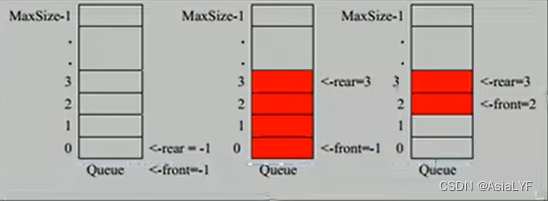 当我们将数据存入队列时称为”addQueue”,addQueue 的处理需要有两个步骤:思路分析
当我们将数据存入队列时称为”addQueue”,addQueue 的处理需要有两个步骤:思路分析
- 将尾指针往后移:rear + 1 , 当 rear==front 【空】
- 若尾指针 rear 小于队列的最大下标 MaxSize-1,则将数据存入 rear 所指的数组元素中,否则无法存入数据。 reatr==MaxSize - 1[队列满]
注:rear是队列最后(含), front是队列最前(不含)
2、代码实现
public class ArrayQueueDemo {
public static void main(String[] args) {
//创建一个队列
ArrayQueue arrayQueue = new ArrayQueue(3);
char key = ' ';// 接受用户输入
Scanner scanner = new Scanner(System.in);
boolean loop = true;
System.out.println("s(show):显示队列");
System.out.println("e(exit):退出程序");
System.out.println("a(add):添加数据到队列");
System.out.println("g(get):从队列取数据");
System.out.println("h(head):查看队列头的数据");
while (loop) {
key = scanner.next().charAt(0);// 接收第一个字符
switch (key) {
case 's':
arrayQueue.showQueue();
break;
case 'a':
System.out.println("输入一个数:");
int value = scanner.nextInt();
arrayQueue.addQueue(value);
break;
case 'g':
try {
int res = arrayQueue.getQueue();
System.out.printf("取出的数据是%d\n", res);
continue;
} catch (RuntimeException e){
System.out.println(e.getMessage());
}
break;
case 'h':
try {
int res = arrayQueue.headQueue();
System.out.printf("队列头的数据是%d\n", res);
} catch (RuntimeException e){
System.out.println(e.getMessage());
}
break;
case 'e':
scanner.close();
loop = false;
break;
default:
break;
}
}
System.out.println("程序退出");
}
}
class ArrayQueue{
private int maxSize;//表示数组的最大容量
private int front; //队列头
private int rear; //队列尾
private int[] arr; //该数组用于存放数据,模拟队列
public ArrayQueue(int maxSize) {
this.maxSize = maxSize;
arr = new int[maxSize];
front = -1;// 指向队列头部,指向队列头部的数据的前一个位置
rear = -1; // 指向队列尾,指向队列尾部的数据
}
/**
* 判断队列是否满
* @return
*/
public boolean isFull() {
// 例如最大容量为5,rear是指向队列尾部数据,所以rear为4(maxSize - 1)的时候就为满了
return rear == maxSize -1;
}
/**
* 判断队列是否为空
* @return
*/
public boolean isEmpty() {
// 因为不是循环队列,头尾不相连,所以rear == front 时队列就为空
return rear == front;
}
/**
* 添加数据到队列
* @param n
*/
public void addQueue(int n) {
// 判断队列是否满
if (isFull()) {
System.out.println("队列满,不能加入数据~~");
return;
}
rear++;
arr[rear] = n;
}
/**
* 数据出队列
* @return
*/
public int getQueue() {
if (isEmpty()) {
// 通过抛出异常
throw new RuntimeException("队列为空,不能取数据~~");
}
front++;
return arr[front];
}
/**
* 显示队列的所有数据
*/
public void showQueue() {
if (isEmpty()) {
System.out.println("队列空的,没有数据~~");
return;
}
for (int i = 0; i < arr.length; i++) {
System.out.printf("arr[%d] = %d\n", i, arr[i]);
}
}
/**
* 显示队列的头数据,不是取数据而仅仅是显示
* @return
*/
public int headQueue() {
if (isEmpty()) {
// 通过抛出异常
throw new RuntimeException("队列为空,不能取数据~~");
}
return arr[front + 1];
}
}
4、此种实现方式存在缺陷和优化方案
- 数组使用一次就不能使用了,没有达到复用的效果
- 使用算法,改成一个环形的队列:取模%

